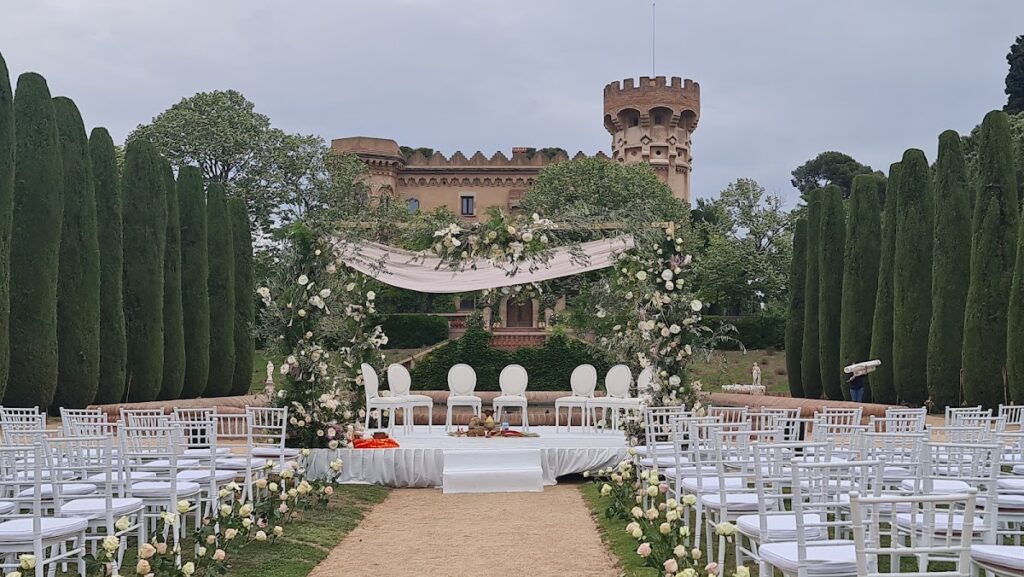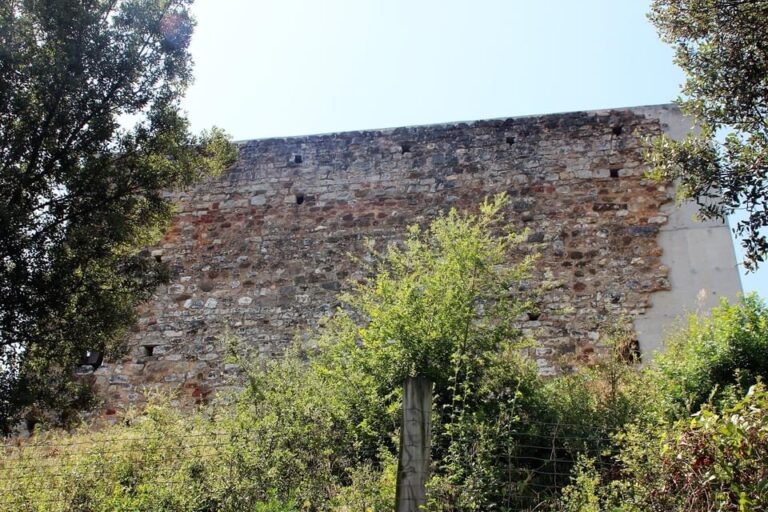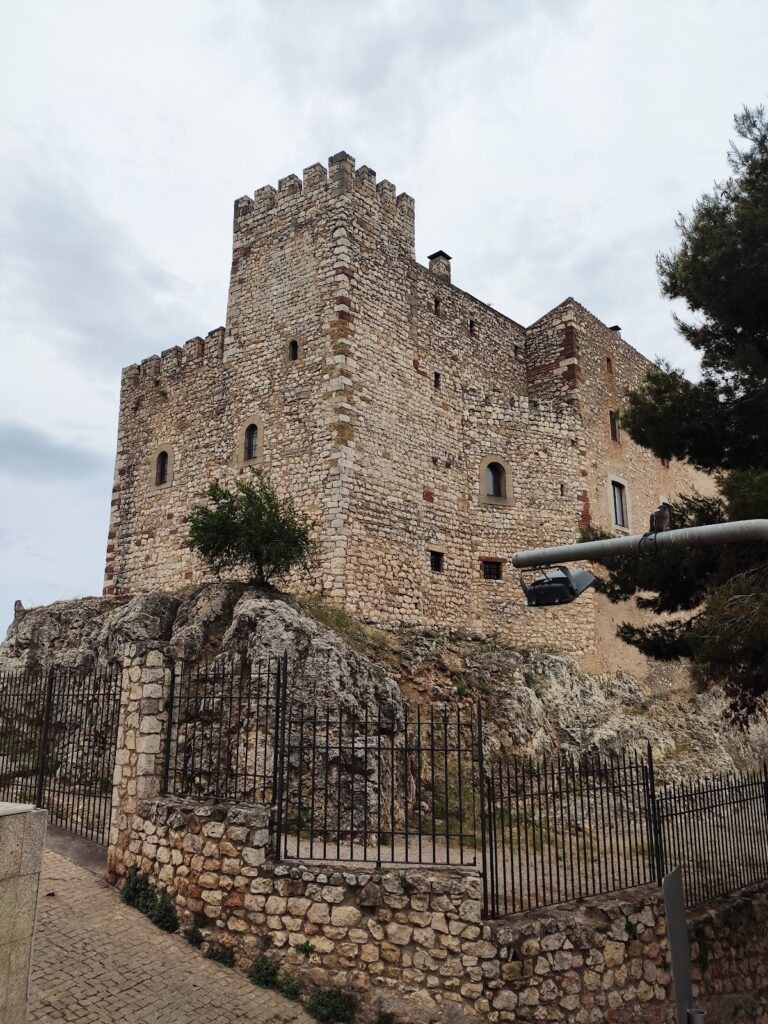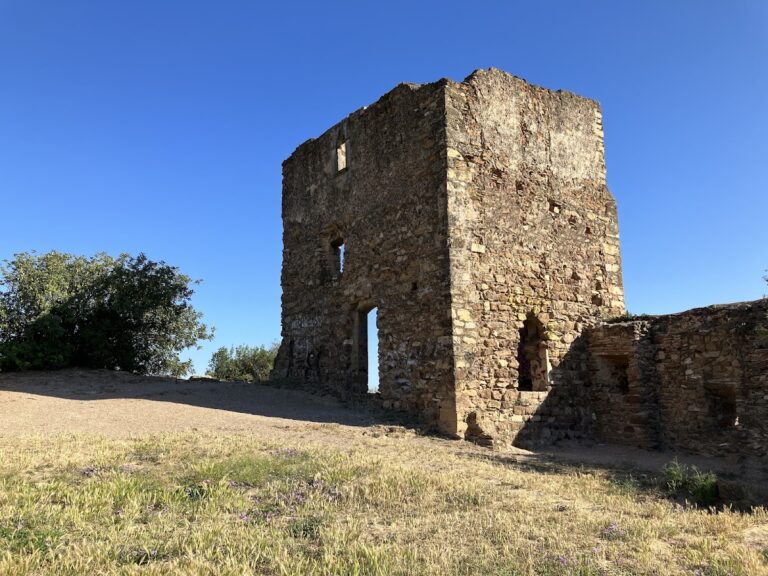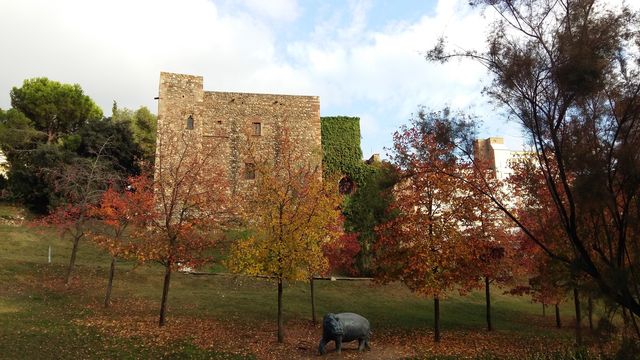Castell de Sant Marçal: A Medieval Castle in Sardañola del Vallés, Spain
Visitor Information
Google Rating: 4.6
Popularity: Low
Google Maps: View on Google Maps
Official Website: www.castelldesantmarsal.com
Country: Spain
Civilization: Unclassified
Remains: Military
History
Castell de Sant Marçal is situated within the municipality of Sardañola del Vallés in modern-day Spain. Its origins trace back to the medieval period, with development under the influence of Christian Catalan society. The earliest known document referencing the site appears in 1042, noting a church dedicated to Saint Martial within the parish of San Martín de Sardañola, indicating the area’s religious and communal importance at that time.
During the early Middle Ages, the lordship connected to the castle belonged to the Benedictine monastery of San Cugat. This ecclesiastical institution transferred ownership in the early 12th century, selling the lordship to the Count of Barcelona. Shortly afterward, in 1135, the Count granted control to the Montcada family, a noble line prominent in Catalonia.
In 1225, a significant change occurred when Raimundo de Plegamans purchased the castle from Guillem de Montcada. This acquisition set off a lengthy dispute over ownership between the Plegamans family and the Archbishopric of Tarragona. The conflict endured for more than three centuries, resolving only in 1542 when the courts recognized the Marimón family—descendants of the Plegamans—as the lawful proprietors. Although the Plegamans-Marimón lineage had established significant wealth and prestige, they had not yet received noble titles.
The family’s status evolved further toward the end of the 17th century. In 1690, Félix de Marimón y de Tord was granted the title Marqués de Serdañola by the Crown, formalizing the family’s noble standing. This honor reflected their services to the monarchy and marked a transformation from wealthy patricians to recognized nobility.
Over the 19th and 20th centuries, Castell de Sant Marçal saw multiple changes in ownership, reflecting shifting social and economic conditions. Today, the castle is held by the Trénor family. Recognized for its historical and cultural importance, the site has been officially declared a Bien Cultural de Interés Nacional, a designation marking its value to the national heritage of Spain.
Remains
Castell de Sant Marçal stands on a terrain 136 meters above sea level, positioned between flat lands to the northwest and hills to the southeast, close to the city of Barcelona. Its original design follows a square layout enclosing a central courtyard. This arrangement facilitated both defense and domestic activities typical of medieval strongholds.
Among the prominent features preserved is a tower that likely served both as a lookout and a final defensive position within the castle complex. Also integral to the site is a Gothic-style chapel, underscoring the religious functions woven into the castle’s life. Historically, the entire structure was encircled by a moat, an important defensive element designed to hinder attackers.
In the late 19th century, the castle experienced significant adaptive changes. In 1895, the Arròspiede family employed architect Cayetano Buigas to transform the site into a secondary residence. While the architect maintained the original medieval structure’s integrity, he introduced ornamental elements inspired by Romanesque and Gothic styles. These modifications blended historic architectural motifs with the contemporary tastes of the period, giving the castle a unique aesthetic character.
The castle is set within a dense environment of coniferous woodland that stretches across the surrounding landscape, integrating the site with its natural context. Today, the remains retain both the medieval foundation and the decorative adaptations from the 19th century, preserving layers of its historical evolution through centuries of reconstruction and preservation.




